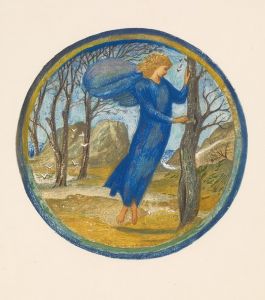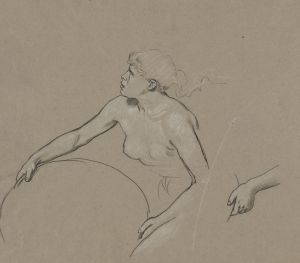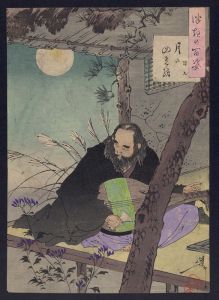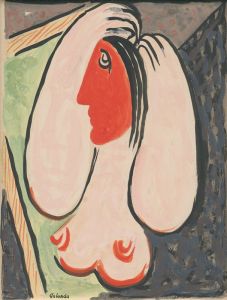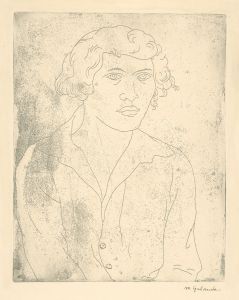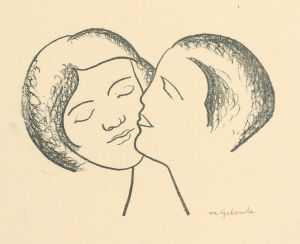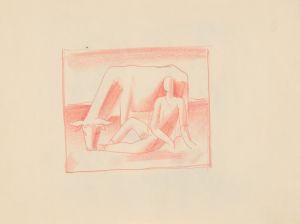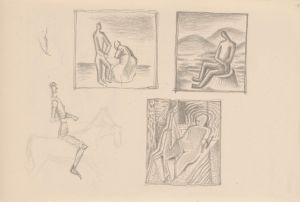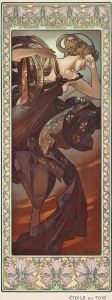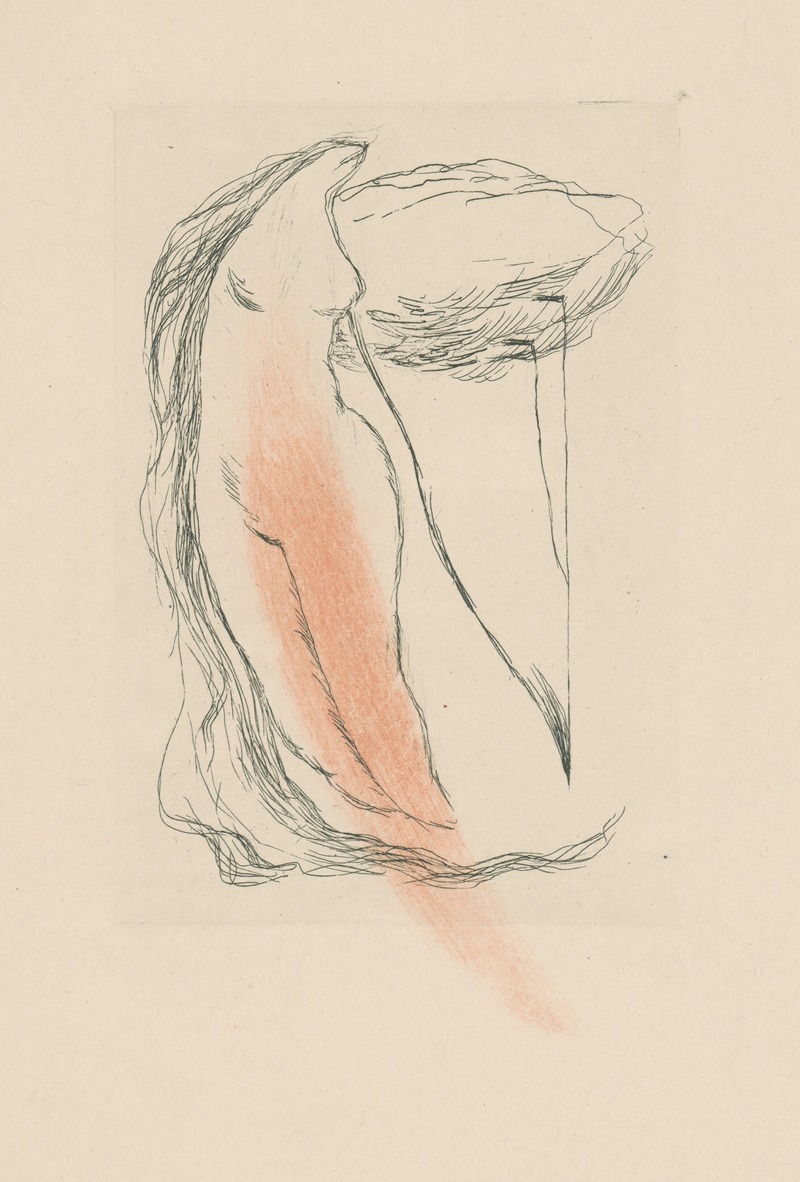
Motív k Máchovmu Máju.
A hand-painted replica of Mikuláš Galanda’s masterpiece Motív k Máchovmu Máju., meticulously crafted by professional artists to capture the true essence of the original. Each piece is created with museum-quality canvas and rare mineral pigments, carefully painted by experienced artists with delicate brushstrokes and rich, layered colors to perfectly recreate the texture of the original artwork. Unlike machine-printed reproductions, this hand-painted version brings the painting to life, infused with the artist’s emotions and skill in every stroke. Whether for personal collection or home decoration, it instantly elevates the artistic atmosphere of any space.
Mikuláš Galanda was a prominent Slovak painter and illustrator, known for his significant contributions to modern Slovak art in the early 20th century. One of his notable works is "Motív k Máchovmu Máju," which translates to "Motif for Mácha's May." This piece is an exemplary representation of Galanda's artistic style and his engagement with Slovak cultural themes.
Galanda was born on November 4, 1895, in Turčianske Teplice, Slovakia. He studied at the Academy of Fine Arts in Budapest and later at the Academy of Fine Arts in Prague. His education and experiences in these cultural hubs exposed him to various modernist movements, which influenced his artistic development. Galanda became a key figure in the Slovak avant-garde movement, contributing to the formation of a distinct Slovak modernist style.
"Motív k Máchovmu Máju" is a work that reflects Galanda's interest in integrating Slovak cultural and literary themes into his art. The painting is inspired by the poem "Mácha's May" by Karel Hynek Mácha, a seminal work in Czech literature. Mácha's poem is celebrated for its romantic and nationalistic themes, exploring nature, love, and existential contemplation. Galanda's interpretation of this literary piece through visual art demonstrates his ability to bridge different artistic disciplines and cultural narratives.
Galanda's style is characterized by a synthesis of modernist techniques and traditional Slovak motifs. He often employed bold colors, simplified forms, and expressive lines, which are evident in "Motív k Máchovmu Máju." His work frequently features elements of folk art, which he reimagined through a modernist lens, creating a unique visual language that resonated with the Slovak national identity.
Throughout his career, Galanda was associated with the "Generation of 1909," a group of Slovak artists who sought to modernize Slovak art and culture. This group was instrumental in introducing modernist ideas to Slovakia, challenging the conservative artistic norms of the time. Galanda's contributions to this movement were significant, as he not only produced influential artworks but also engaged in critical discourse about the role of art in society.
In addition to painting, Galanda was an accomplished illustrator and graphic designer. He contributed to various publications and was involved in the design of books and magazines, further showcasing his versatility as an artist. His work in graphic design often paralleled his painting style, emphasizing clarity, simplicity, and a strong visual impact.
Tragically, Galanda's life and career were cut short when he died on June 5, 1938, at the age of 42. Despite his relatively brief career, his impact on Slovak art was profound. Galanda's legacy is preserved through his artworks, which continue to be celebrated for their innovative approach and cultural significance.
"Motív k Máchovmu Máju" remains an important piece within Galanda's oeuvre, exemplifying his ability to convey complex literary themes through visual art. It stands as a testament to his skill in merging modernist aesthetics with Slovak cultural elements, contributing to the broader narrative of Slovak national art. Galanda's work continues to be studied and appreciated for its artistic merit and its role in shaping the trajectory of Slovak modernism.





